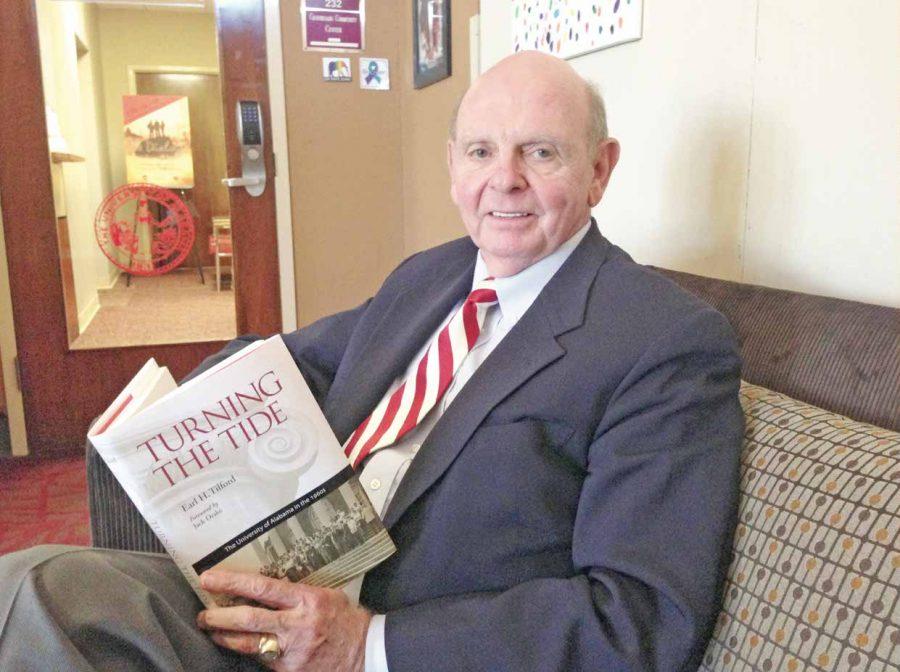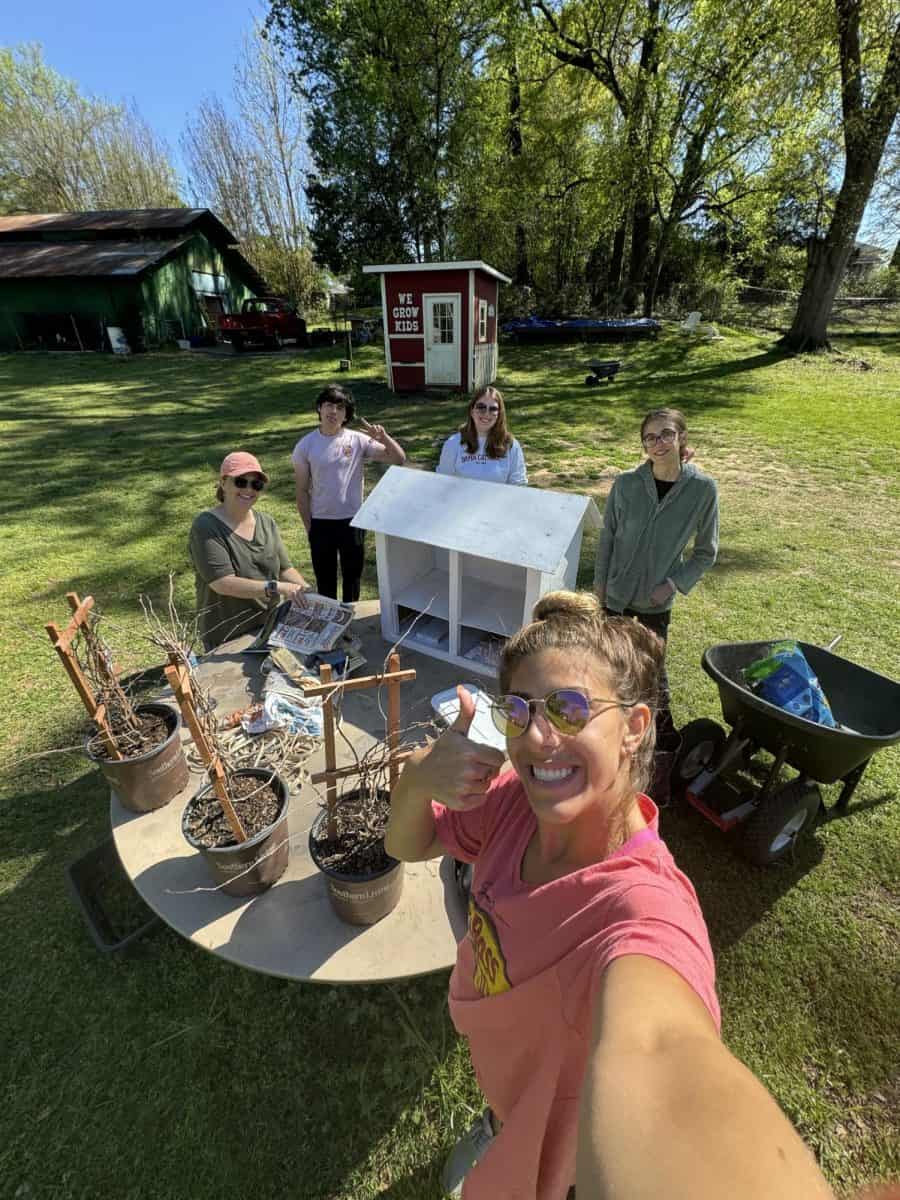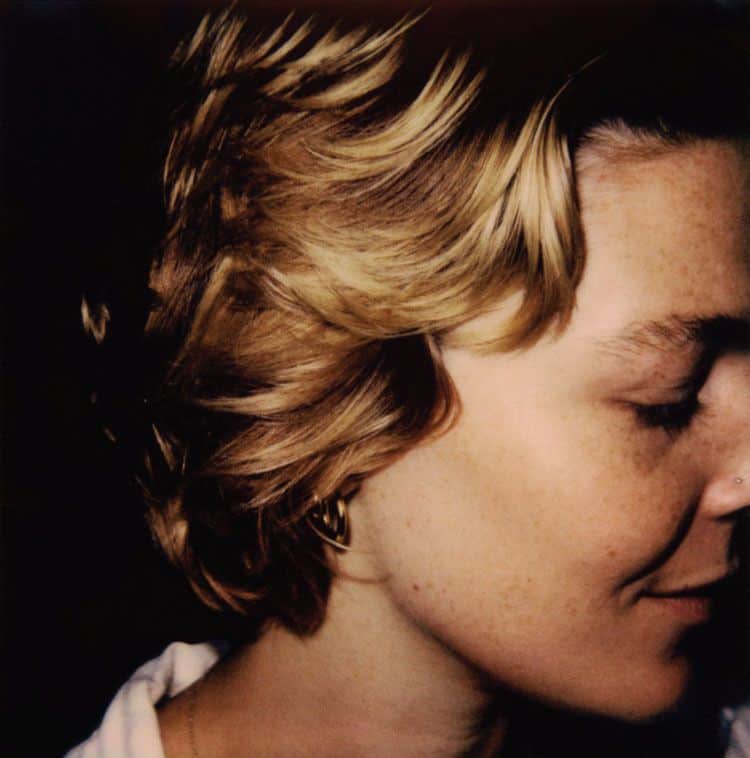Though Earl Tilford earned his Ph.D. in American and European military history at George Washington University, Tilford still admits that his first love is Southern history, particularly Southern history in regard to his alma mater, The University of Alabama.
“I’m from Alabama – got my B.A. and M.A. here, and about 15 years ago, I read a book by Culpepper Clark titled ‘The Schoolhouse Door: Segregation’s Last Stand at the University of Alabama,’ and I decided I wanted to write the sequel to that,” Tilford said.
Tilford’s most recent nonfiction work, “Turning the Tide,” hit shelves last week after being Tilford’s focus since 2008. It details the desegregation of the University from June 11, 1963, the day Gov. George Wallace stood to block black students from entering the University all the way to the student riots of the early 1970s. The book is a remembrance of that time on campus, and Tilford said he wrote it in part for the alumni so that they could remember how they were and help others understand the changes to university culture over time.
“When I entered the campus in 1964, when the air was clean and sex was dirty, this was an academic, back-water, marginally superior university, known best as a football and a party school. But you got the education you wanted to get,” Tilford said. “The book is written with a lot of love.”
Former President of the University Roger Sayers, said though it is a nonfiction historical piece, the work is not as dense as most nonfictions tend to be. Sayers said he read the book when it was just a manuscript and cited Tilford’s “congenial, scholarly, even-handed” personality as the source of the book’s readability. He said the book was lucid, with only a few parts being for the “hearty layman,” with no portions “overwhelming [the reader] with sophisticated prose.”
“It’s not a football book, but maybe some people will think it is. It’s mostly about students, events and riots. It’s just about how the University changed directions,” Tilford said. “I think history should be readable. There’s so many historians who write for other historians. I’m a retired full professor, retired Air Force officer, retired civil servant – I don’t care about writing for other historians. I want to write for people.”
Much of “Turning the Tide” is a social history, focusing on the beginning of the student alliance with President Frank Rose during the 1960s.
“I wrote a cultural and institutional history of that period. The main focus became the struggle between President Frank A. Rose, who was a marvelous character, and George Wallace, who was governor – and they detested one another. I could see that in Rose’s personal letters. Now you don’t see that in photographs,” Tilford said.
Tilford also detailed the rise of student dissent at the University, particularly from the viewpoints of the Student Government Association and the fraternities and sororities.
Sources within the text are from private letters and other historical works and papers, but they are mainly from in-person interviews conducted by Tilford. Sayers, who was a professor during the time period the book catalogues, attested to its unbiased and straight facts.
“I thought he had done a very careful job in terms of his research, and I found everything he said – based on the fact that I lived through much of it – to be very accurate,” Sayers said. “And I think not only accurate, but his interpretation of the impact that these events had, I thought very insightful. And hence I thought, if you’re really interested in the history of the University, particularly in that era, it would be a must-read.”
Sayers said “Turning the Tide” will be an important work for alumni who lived during that time because it is a period still weighed upon deeply. Moreover, he said the country as a whole finds works like this important in dispelling mixed feelings about the South.
“I think [segregation is] in the consciousness of virtually everyone if they lived through that period, and even if they didn’t. For example, the publicity that attended the sorority issue last fall was pretty widespread news,” Sayers said. “I think there’s a tendency still to associate Alabama with segregation and with still lingering aspects of it. If people find out about that period, they’ll know it’s a different world today than it was in 1963.”
In this regard, Sayers said Tilford’s book does its job. The only thing to do now is to wait to see how the public perceives its importance, though Sayers said he is already a fan.
“I think it certainly reveals an understanding of the evolution of race relations and the evolution of the university culture over time. And I think that in and of itself is probably quite significant,” Sayers said.







